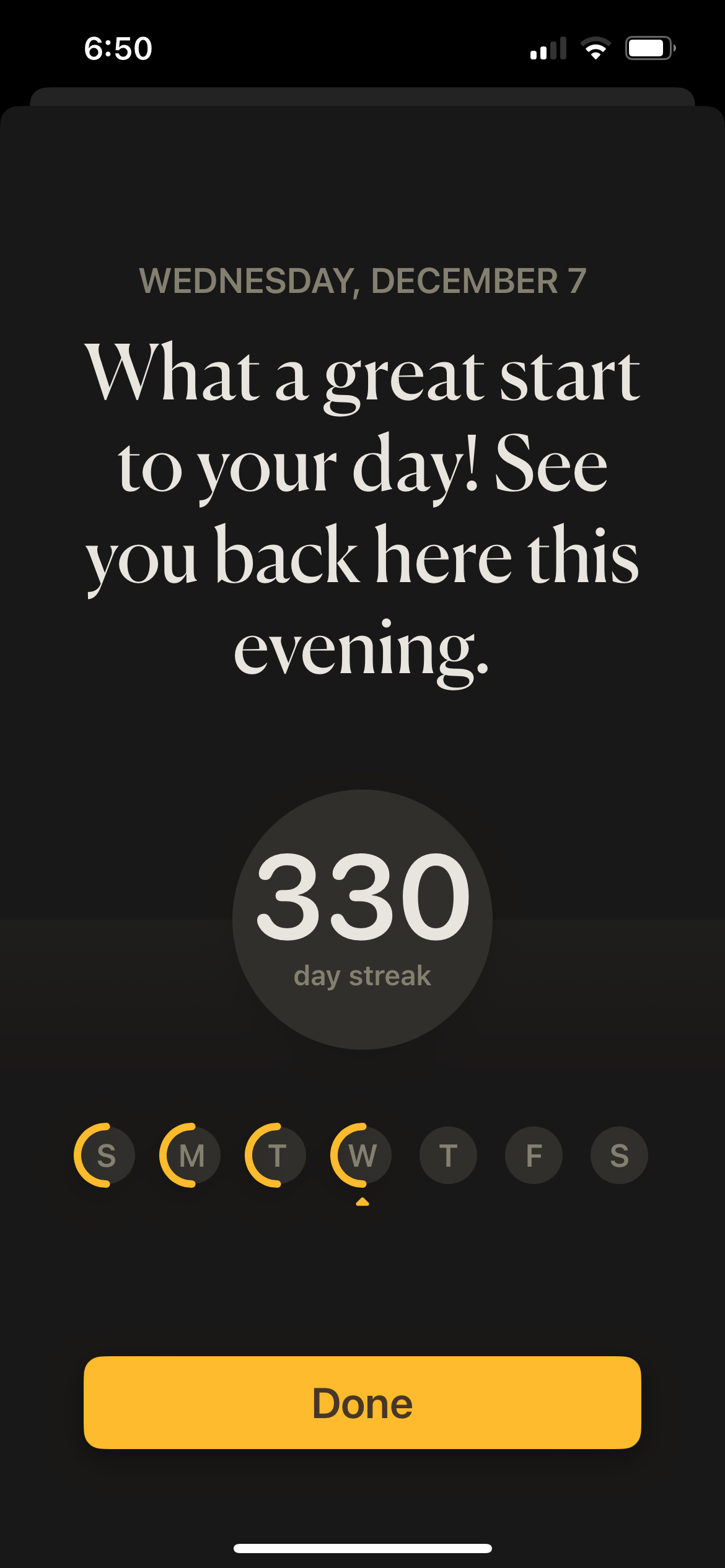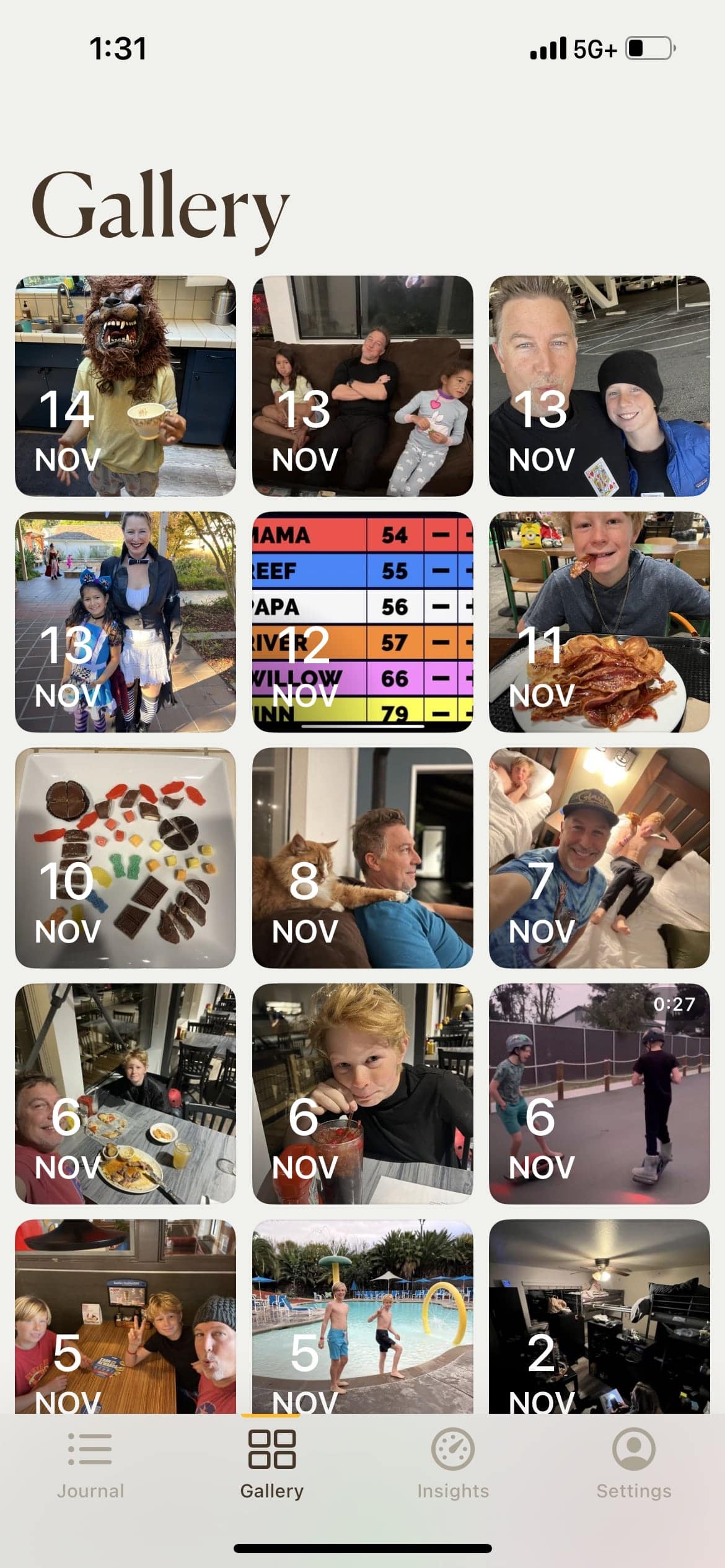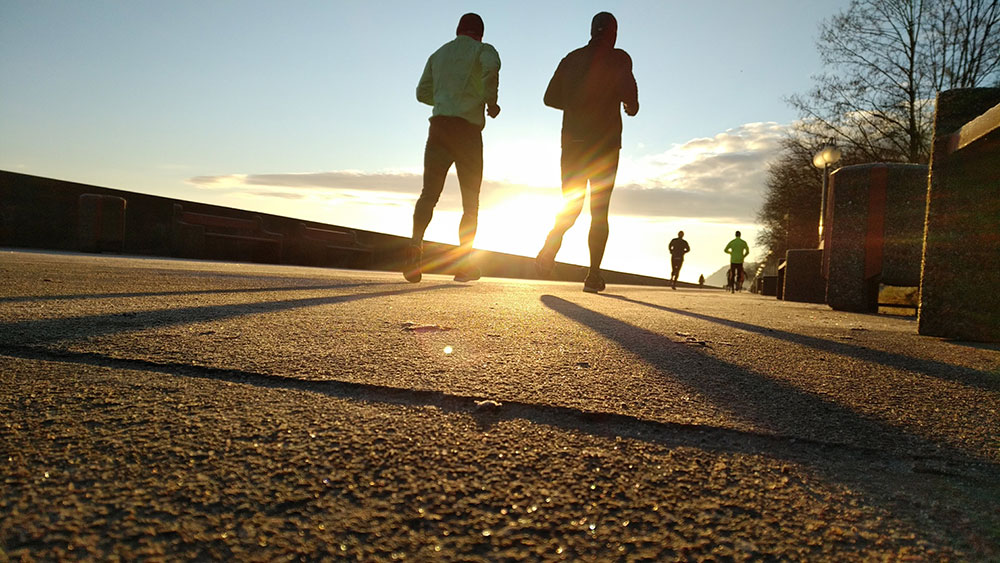
35 million people see a chiropractor each year[1] – and with good reason! Chiropractic care is effective at alleviating pain and improving function. But is it the right treatment for you?
Check out the many benefits of chiropractic care for both chronic pain and acute injuries, and learn why it might be the right way for you to find healing.
1. Chiropractic care is cost-effective.
The average American spends almost $13,000 each year on healthcare.[2] Even if you have health insurance, you could save as much as 85% on your medical bills by choosing chiropractic care.[3]
In multiple peer-reviewed journals, chiropractic care has been proven to be less expensive than traditional care[4] – especially when treating chronic issues and back pain[5]. While physical therapy and traditional medical costs keep going up, chiropractic care costs have remained stable.[6] A recent Journal of American Medicine Study showed that older Medicare and low back pain patients saw considerable cost savings – especially when they initiated care with a chiropractor.[7] As prices skyrocket, it’s no wonder most people are looking to make the most of their healthcare dollars.
2. Chiropractic care gets quick and lasting results.
When you are hurting from an accident or struggling to enjoy day-to-day activities, you want relief fast. A 2010 study in the prestigious journal Spine found that “most studies suggest spinal manipulation achieves equivalent or superior improvement in pain and function when compared with other commonly used interventions for short, intermediate, and long-term follow-up.”[8]
While there is no magic bullet for immediate healing, chiropractic treatment is often the fastest way to feel better. The nature and severity of your injury, your lifestyle, and your age all play significant roles in how long it will take you to heal. Chiropractic care has been shown to be a better way to get lasting results than many medications, massage, yoga, pilates, muscle relaxers, and over-the-counter drugs.[9]
3. Chiropractic care is safe.
When performed by a licensed doctor of chiropractic (DC), chiropractic care has been proven to be safe, especially for low back pain and headaches.[10]
Many Americans are grappling with the opioid crisis and looking for less invasive treatment options. The Journal of American Medical Association (JAMA) recently released a study of 750 military personnel who saw the benefits of chiropractic care. As a result, “Chiropractic care has expanded in the U.S. military where an estimated 65% of veterans suffer from chronic pain.”[7]Chiropractors are now on staff at over 100 VA treatment facilities and hospitals in the United States.[11]
4. Chiropractic care works with your body by addressing the underlying cause of your pain.
Chiropractic care takes a ‘whole person’ approach. This means looking for the underlying causes of disease, discomfort, and pain instead of just treating the symptoms. Many seemingly unrelated symptoms often arise from imbalances in the spinal column.
By determining the root cause of the pain and creating a personalized chiropractic and wellness plan, patients report improved functioning in multiple areas of their lives. The effects of chronic pain can include depression, anxiety, and trouble sleeping, so it’s essential to have a holistic approach to your healing.
5. Chiropractic care is accessible.
Unlike most doctors who are constrained by complicated health insurance contracts, chiropractors offer flexible care so that you can be seen when you need it most. It is easy to make an appointment that fits your schedule and budget when you don’t have to worry about getting a referral or finding an in-network provider.
Accessible care can help to avoid long-term pain and complications by getting you seen fast and allowing your body to start healing so that you can get back to living your life.
6. Chiropractic care can help people avoid unnecessary surgery.
While surgery is sometimes necessary, it is also expensive, painful, and can lead to future complications. The side effects of surgery can get pretty scary! Between 10 – 40% of patients experience ongoing pain within two years of lumbar laminectomy surgery, a common low back surgical procedure, and many are diagnosed with failed back surgery.[12]
In a study of almost 2,000 workplace injuries, those who saw a chiropractor first reduced their chance of needing surgery by over 40%.[13] Opt for non-invasive chiropractic adjustments to avoid unnecessary surgery or a lifetime of pain medications.
7. Chiropractors know how to refer to appropriate medical professionals when that is what is needed.
Conservative treatment through your chiropractor can be the best place to start dealing with your ongoing pain. In some cases, spinal manipulation may not be the best course of treatment. For complicated spinal cord injuries or issues with the nervous system, you may need to be treated by a specialist.
These days most chiropractors have extensive medical training[14], including at least four years of professional study after a four-year pre-medical education. Their education helps them determine when a referral to another medical specialty is the best option for you. Are you ready to start your treatment?
You’ve only got one spine. Take great care of it with supportive chiropractic care. Positive Motion Chiropractic is committed to providing chiropractic solutions to address your unique needs.
Whether you are experiencing back or neck pain, headaches, pain from an injury, or suffer from a chronic spinal condition – we can help you find healing. Our team will give you a full evaluation and customize a plan of care to help you reach your health goals.
[1] https://unnus.com/medical/chiropractic-facts-statistics/
[2]https://www.cms.gov/research-statistics-data-and-systems/statistics-trends-and-reports/nationalhealthexpenddata/nhe-fact-sheet#:~:text=NHE%20grew%202.7%25%20to%20%244.3,17%20percent%20of%20total%20NHE.
[3]chrome-extension://efaidnbmnnnibpcajpcglclefindmkaj/https://chirocarolinacharlotte.com/wp-content/uploads/2012/04/JMPT-Clinical-Utiliztion-and-Cost-Outcomes-from-an-Integrative-Medicine-Independant-Physician-Association.pdf
[4] https://openheart.bmj.com/content/3/1/e000334
[5] https://pubmed.ncbi.nlm.nih.gov/16226622/
[6] https://www.ncbi.nlm.nih.gov/pmc/articles/PMC3423501/
[7]https://www.chiroeco.com/jama-chronic-low-back-pain-md-study-reinforces-chiropractic-as-first-line-of-defense/
[8]https://pubmed.ncbi.nlm.nih.gov/20869008/
[9] https://www.consumerreports.org/cro/2012/04/alternative-treatments/index.htm
[10]https://www.mayoclinic.org/tests-procedures/chiropractic-adjustment/about/pac-20393513#:~:text=Chiropractic%20adjustment%20is%20safe%20when,of%20an%20existing%20disk%20herniation
[11] https://www.military.com/benefits/veterans-health-care/va-to-provide-chiropractic-care.html
[12]https://www.spineuniverse.com/conditions/failed-back-surgery
[13]https://pubmed.ncbi.nlm.nih.gov/23238486/
[14]https://www.spine-health.com/treatment/chiropractic/chiropractor-educational-requirements


 I play guitar. I love exercising the artistic side of my mind. But when I sit down to play I always start by tuning the six steel strings. I have found that my guitar, when tuned, makes fantastic music. Untuned, it just makes noise. Tuning makes all the difference.
I play guitar. I love exercising the artistic side of my mind. But when I sit down to play I always start by tuning the six steel strings. I have found that my guitar, when tuned, makes fantastic music. Untuned, it just makes noise. Tuning makes all the difference.
 What specific activity do you do to renew and recharge? That thing that can turn a bad week or month around in an instant. It wasn’t until I was 45 years old that I would have been able to definitively answer that question. And that was after my wife had been pointing it out to me for years (I know I’m stubborn).
What specific activity do you do to renew and recharge? That thing that can turn a bad week or month around in an instant. It wasn’t until I was 45 years old that I would have been able to definitively answer that question. And that was after my wife had been pointing it out to me for years (I know I’m stubborn).




